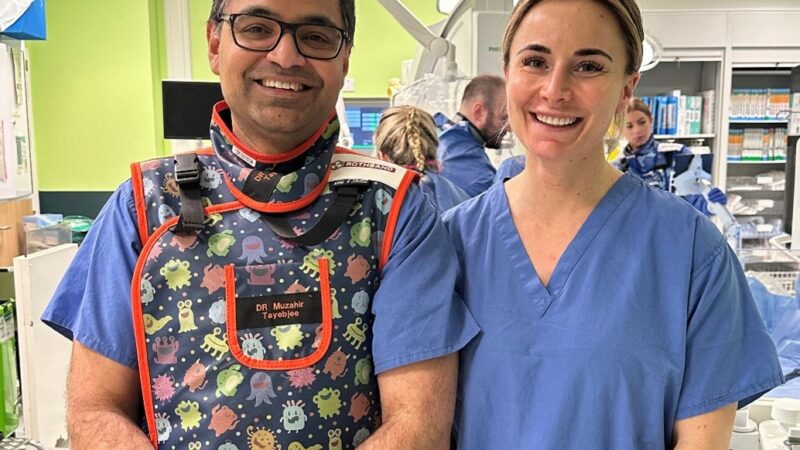In its first year of operation, Leeds Teaching Hospitals NHS Trust’s virtual ward service, developed in partnership with Inhealthcare, has treated more than 500 patients, saving more than 3,000 hospital bed days and achieving efficiency savings of £1.13 million.
The service uses our remote monitoring technology to enable hospital-level care delivery in patients’ homes. We spoke with Dr Muzahir Tayebjee, lead consultant for virtual wards, about this innovative approach to patient care and its potential for wider NHS adoption.
Q: What makes Leeds virtual ward model unique?
Our model stands out because we’ve developed a scalable system where specially trained nurses work across multiple specialties. We’ve created a flexible approach in which our nurses receive training across different pathways, allowing them to handle various conditions while maintaining high standards of care through well-structured protocols.
Q: How has the service evolved since its launch?
We’ve expanded from six initial pathways to 14 different specialties, including cardiology, emergency surgery, vascular, and oncology. New pathways in urology and heart failure are currently in development. This growth demonstrates both the adaptability of the system and its potential for scaling across different medical specialties.
Q: What are the key benefits for patients?
The primary benefit is enabling patients to receive hospital-level care in their own homes. For example, in our cardiac valve pathway, patients who would typically be hospitalised while awaiting investigations can now stay home with their families. They maintain their priority status for treatment while avoiding the risks associated with lengthy hospital stay.
Q: How does the technology support care delivery?
While technology is important, it’s actually an adjunct to the core service – which is based on effective, inclusive communication between nurses and patients. The remote monitoring system allows patients or their caregivers to take regular measurements such as blood pressure, respiration rate, and oxygen saturation. These readings are securely transmitted to care teams, enabling close monitoring without requiring hospital stays.
Q: What impact has this had on hospital capacity?
In our first year, we’ve saved 2,915 hospital bed days. While virtual wards won’t solve all bed capacity challenges, as many patients will still need to be in hospital, they make a real difference. As one colleague observed, by enabling quicker patient flow and freeing up beds more rapidly, this service could potentially help save lives by ensuring critically ill patients can access care when they need it.
Q: What advice would you give to other trusts considering implementing virtual wards?
Our experience shows that with well-scripted protocols, a general nursing team can successfully manage multiple pathways simultaneously. The key is having standard operating procedures that allow nurses to work confidently across different specialties while maintaining high quality care.
Q: What does the future hold for virtual wards?
While these services won’t solve all capacity challenges, they can make a significant impact when scaled across an organisation. At Leeds, we’ve shown that virtual wards can successfully complement traditional hospital care by providing appropriate patients with safe, effective care in their preferred environment. As we gather more data demonstrating the service’s effectiveness, we see significant potential for expansion across the trust.
* Dr Muzahir Tayebjee is lead consultant for virtual wards and consultant in cardiology and cardiac electrophysiology at Leeds Teaching Hospitals NHS Trust.

